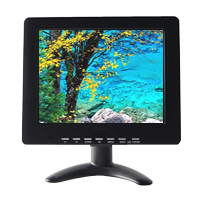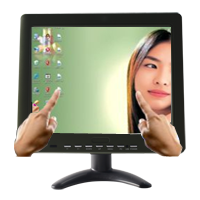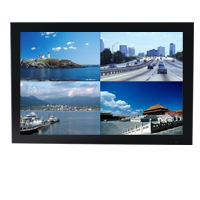VGA (D-sub):
Analog signal interface, A video interface usually with 15 pins. But we have unique VGA 8 pin design. Both of them mainly used for old computer output. The VGA output and transmission are analog signals. It is known that the computer graphics card is a digital signal, and the display is also a digital signal. So the use of VGA's video interface is equivalent to a digital mode conversion and an analog - to - digital conversion. Signal loss, showing more blurred.
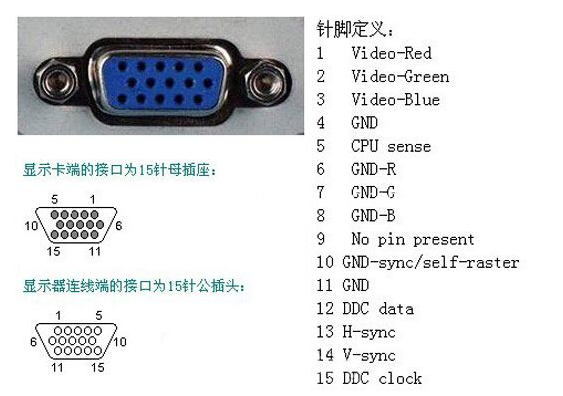
HAMI monitor with VGA 15 PIN.
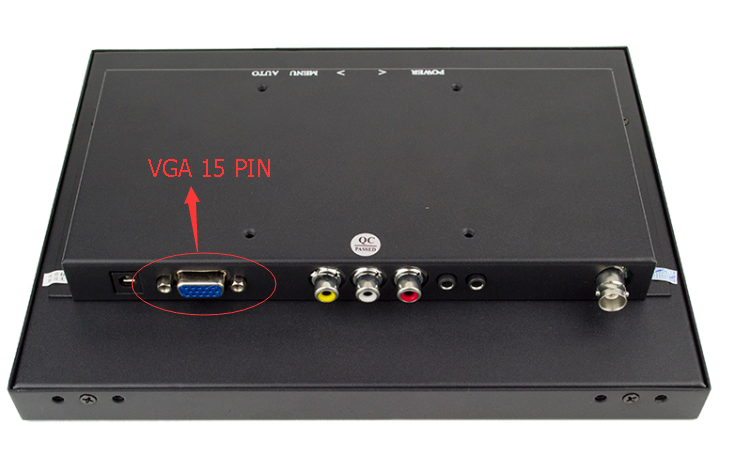
HAMI have unique VGA 8 pin design for some monitors.

HDMI:
It is the abbreviation of the high-definition multimedia interface.The HDMI interface is also a digital signal, so the performance of the video quality and the DVI interface is basically the same. The HDMI interface can also transmit audio signals. If the display has the display function and the audio, the HDMI interface can transmit the video and audio signals to the display at the same time. HDMI has three interfaces. The main consideration is the needs of the equipment. If the size of a digital camera is small, a small interface is needed, and micro HDMI is used. The three kinds of interfaces are only different in volume and the same function.
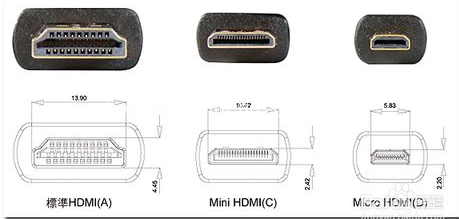
Widely used in monitor is HDMI (A).
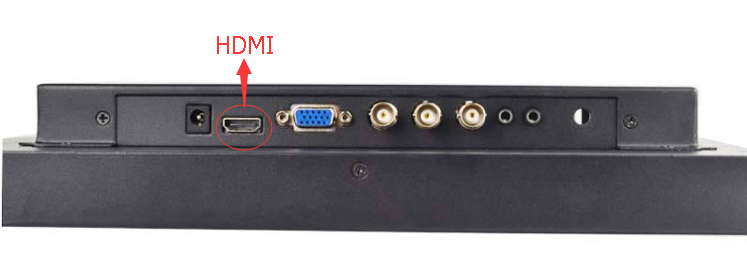
AV:
It is Audio+Video. Also called composite video connector.
It is a common port used by home video and audio appliances to transmit analog video, such as NTSC, PAL, SECAM TCL mobile audio, and AV audio. The AV port is usually a yellow RCA port, in addition to two red and white RCA ports to transmit messages. European TV usually takes SCART port instead of RCA port, but SCART design can carry better RGB signal than YUV, so it is also used to connect monitors, TV players or DVD players. In professional applications, also use the BNC port to get more data quality.
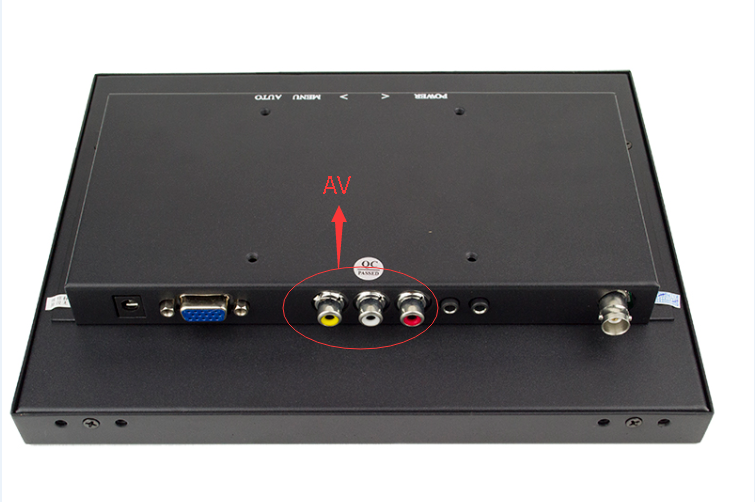
USB(Universal Serial Bus):
It is a serial bus standard connected computer system and peripheral equipment, technical specification is an input and output interface, is widely used in personal computer and mobile devices such as information and communication products, and extended to the photographic equipment, digital TV (TV box), game consoles and other related fields. The latest generation is USB 3.1, the transmission speed is 10Gbit/s, the three segment voltage 5V/12V/20V, the maximum power supply 100W, the new Type C plug can no longer be divided into positive and negative.
USB1.0 in 1996 with transfer speed 1.5Mb/s.
USB2.0 with transfer speed up to 480Mbps about 60 MB/S.
USB3.0 with theorical speed 4Gb/s, but the actual speed will be deducted from the protocol overhead, and a little less on the basis of 4Gb/s.
Widely used USB type in monitor are USB2.0.
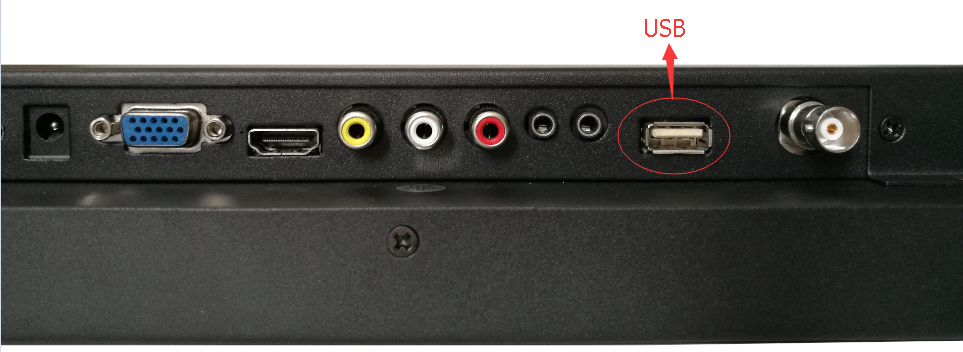
DVI:
DVI-D interface: one is a DVI-D interface that can only receive digital signals, with only 3 rows of 8 columns and 24 pins on the interface.
One of the needles in the upper right corner is empty. Incompatible analog signals.
DVI-I interface: one is a DVI-I interface that can be compatible with analog and digital signals simultaneously. Compatibility of analog signals does not mean that the analog signal interface D-Sub interface can be connected to the DVI-I interface, but it must be used through a conversion connector. Generally, the graphics card with this interface will have associated transformation adapters.
The DVI interface has two standards, 25 needles and 29 needles, as shown in the following figure. Intuitively, there are no differences between the two interfaces. The DVI interface is a digital signal that can transmit large - resolution video signals. The DVI connects the computer graphics card and the display without conversion, so the signal has no loss.
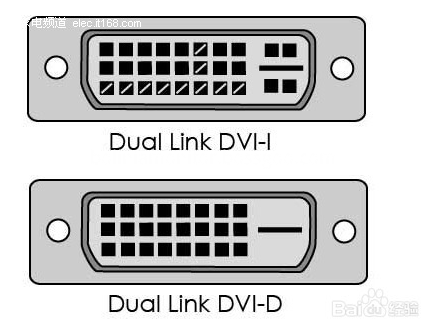
The one HAMI using for some models is DVI-I.





